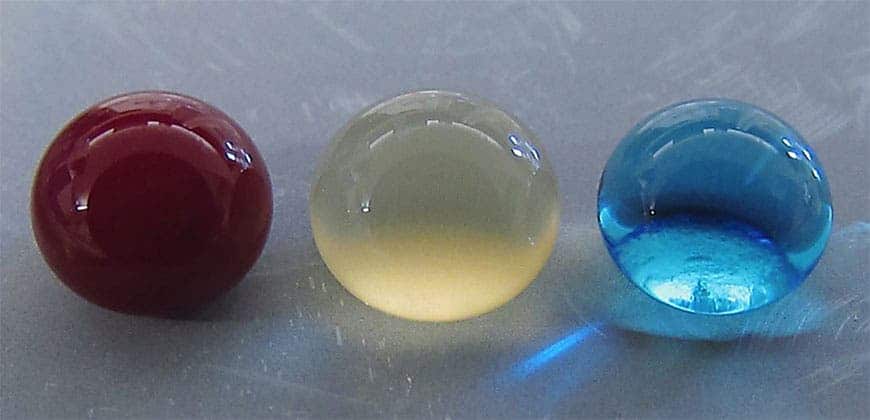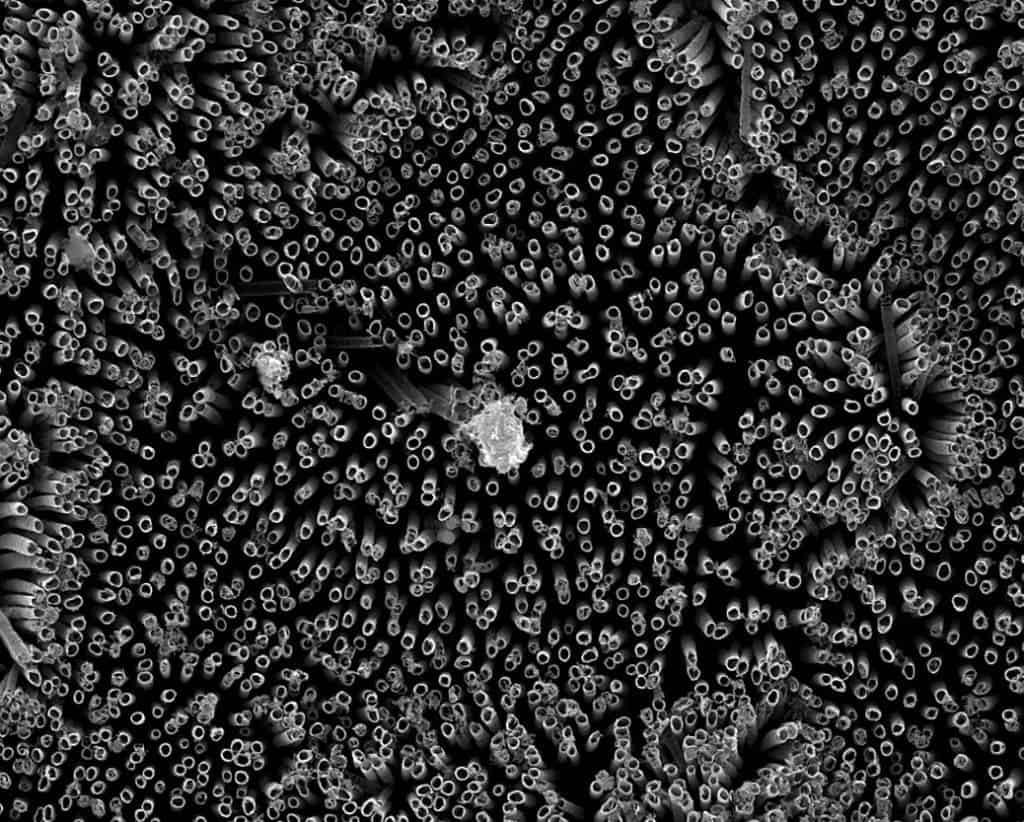
Medical implant designers have always found it challenging to make their prostheses both biocompatible and safe from blood clotting. The solution might have been found at the interface between material science and biomedical engineering as Colorado State University engineers recently demonstrated. A team there designed a “superhemophobic” titanium surface that’s extremely repellent to blood. Tests ran in the lab suggest that blood would stay clear of an implant coated with this surface averting clots and infection that usually require doctors to perform surgery again.
Arun Kota and Ketul Popat, both from Colorado State University’s mechanical engineering and biomedical engineering departments, combined their expertise in an effort to design a surface that repels blood. Kota is an expert in superomniphobic materials (the kind that can repel virtually any liquid) while Popat’s work has been focused on tissue engineering and bio-compatible materials.
The two had to venture through unexplored terrain, as the typical approach has so far been the opposite. Medical implant engineers usually design “philic” surfaces that attract, not repel, blood so these are more biocompatible.
“What we are doing is the exact opposite,” Kota said. “We are taking a material that blood hates to come in contact with, in order to make it compatible with blood.”
That may sound confusing but the finished piece performed as intended. The researchers started with plain sheets of titanium whose surfaces they chemically altered to create a ‘phobic’ geometry onto which blood can’t come in contact with. It’s akin to how the lotus leaf repels water thanks to its nanoscale texture, only Kota and Popat’s surface was specially designed to repel blood. Experiments suggest very low levels of platelet adhesion, the biological process that eventually can lead to blood clotting and even biological rejection of the foreign material.

Because the blood is ‘tricked’ that there is no surface blocking its flow, for all intents and purposes there is no foreign material.
“The reason blood clots is because it finds cells in the blood to go to and attach,” Popat said.
“Normally, blood flows in vessels. If we can design materials where blood barely contacts the surface, there is virtually no chance of clotting, which is a coordinated set of events. Here, we’re targeting the prevention of the first set of events.”
Next on the drawing board is to test new textures and chemistries. So far, fluorinated nanotubes seem to offer the best protection against clotting. Other clotting factors will also be examined and hopefully the Colorado State team may soon have the chance to test their work with real medical devices.
The findings were reported in the Advanced Healthcare Materials journal.






